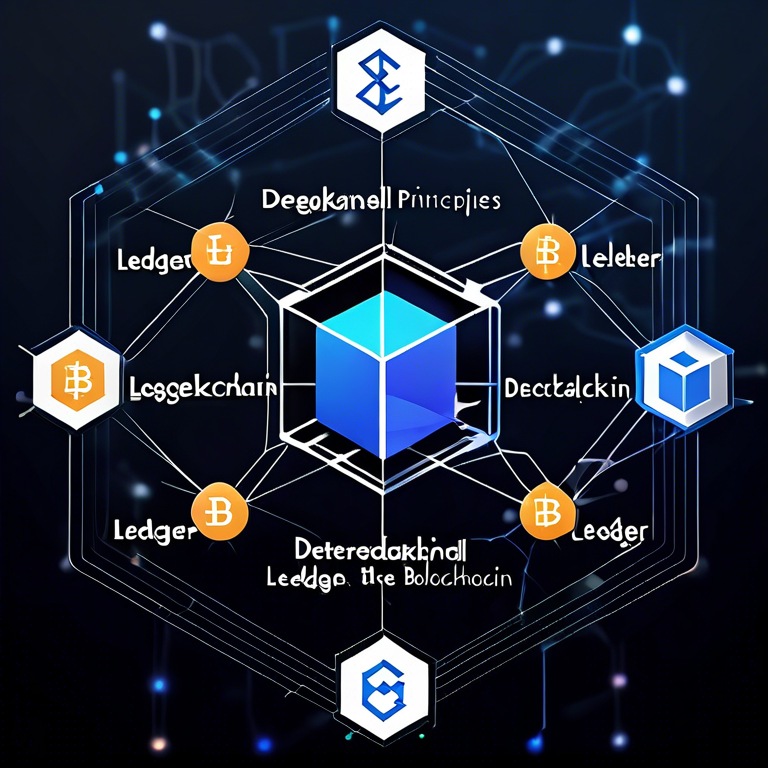This article delves into the essential principles governing blockchain technology. It will explore key rules and guidelines that shape the operation of decentralized ledgers, providing a comprehensive understanding for beginners and enthusiasts alike.

What is Blockchain Technology?Exchange
Blockchain technology is a decentralized digital ledger system that allows multiple parties to securely record transactions and manage data without needing a central authority. At its core, it ensures transparency, security, and integrity of data exchanges across various applications. This technology is best known for supporting cryptocurrencies like Bitcoin but has far-reaching implications across different sectors like finance, healthcare, supply chain management, and beyond. The foundation of blockchain is built on multiple rules that ensure its functionality and reliability, making it crucial for the understanding of this transformative technology.
Key Principles of Blockchain Rules
The operational framework of blockchain rests on a few fundamental rules, which can be categorized into several principles. These include decentralization, immutability, transparency, consensus mechanisms, and security protocols. Each of these rules plays a vital role in ensuring that the blockchain functions effectively and maintains the trust of its users.
Decentralization is one of the most significant characteristics of blockchain. Unlike traditional databases maintained by a central authority, a blockchain is distributed across a network of nodes. This means that no single entity has complete control over the entire network or its data. Decentralization enhances security by eliminating single points of failure, and fosters trust among users as they have shared control over the ledger.
Immutability refers to the unchangeable nature of blockchain data once a transaction has been recorded. Each block in the chain contains a timestamp and a cryptographic hash of the previous block, which prevents anyone from altering past transaction records without being detected. This characteristic is crucial in ensuring the integrity of the data and protecting it from fraudulent alterations.
Transparency is another essential rule governing blockchain technology. Each participant in the network can access the entire ledger, allowing for openness regarding transactions. This feature is particularly beneficial in applications such as supply chain management, where all stakeholders can verify the authenticity and origin of products. It minimizes disputes and builds confidence among users.
Consensus Mechanisms
Consensus mechanisms are vital in maintaining the integrity and reliability of blockchain transactions. They ensure that all nodes in the network agree on the current state of the blockchain. The most common mechanisms include Proof of Work (PoW
), where miners solve complex mathematical puzzles, and Proof of Stake (PoS
), where validators are chosen based on the number of coins they hold. These mechanisms prevent double-spending and secure the network against attacks.
Security Protocols
Security protocols in blockchain encompass a variety of strategies designed to protect the network and its users. These can include cryptographic techniques, smart contracts, and access control measures. The use of encryption ensures that data remains confidential and secure, allowing only authorized parties to access specific information. On top of that, smart contracts automate processes, reducing human intervention and potential vulnerabilities.
In conclusion, understanding the rules of blockchain technology is essential for grasping its potential and applications. The principles of decentralization, immutability, transparency, consensus mechanisms, and security protocols are the backbone of blockchain’s operational framework, ensuring its reliability and effectiveness. As blockchain continues to evolve and gain traction across various industries, knowledge of these key rules will become increasingly important for anyone looking to engage with this transformative technology.